Digital Control of Electrical Drives
�
Power Electronics and Power Systems
Series Editors: M. A. Pai
Alex Stankovic
University of Illinois at Urbana-Champaign Northeastern University
Urbana, Illinois
Boston, Massachusetts
Digital Control of Electrical Drives
Slobodan N. Vukosavić
ISBN 978-0-387-48598-0
Three-Phase Diode Rectifiers with Low Harmonics
Predrag Pejović
ISBN 978-0-387-29310-3
Computational Techniques for Voltage Stability Assessment and Control
Venkataramana Ajjarapu
ISBN 978-0-387-26080-8
Real-Time Stability in Power Systems: Techniques for Early Detection of the Risk of Blackout
Savu C. Savulesco, ed.
ISBN 978-0-387-25626-9
Robust Control in Power Systems
Bikash Pal and Balarko Chaudhuri
ISBN 978-0-387-25949-9
Applied Mathematics for Restructured Electric Power Systems: Optimization, Control, and
Computational Intelligence
Joe H. Chow, Felix F. Wu, and James A. Momoh, eds.
ISBN 978-0-387-23470-0
HVDC and FACTS Controllers: Applications of Static Converters in Power Systems
Vijay K. Sood
ISBN 978-1-4020-7890-3
Power Quality Enhancement Using Custom Power Devices
Arindam Ghosh and Gerard Ledwich
ISBN 978-1-4020-7180-5
Computational Methods for Large Sparse Power Systems Analysis: An Object Oriented Approach
S.A. Soman, S.A. Khaparde, and Shubha Pandit
ISBN 978-0-7923-7591-3
Operation of Restructured Power Systems
Kankar Bhattacharya, Math H.J. Bollen, Jaap E. Daalder
ISBN 978-0-7923-7397-1
Transient Stability of Power Systems: A Unified Approach to Assessment and Control
Mania Pavella, Damien Ernst, and Daniel Ruiz-Vega
ISBN 978-0-7923-7963-8
Maintenance Scheduling in Restructured Power Systems
M. Shahidehpour and M. Marwali
ISBN 978-0-7923-7872-3
Continued after index
�
Digital Control of Electrical Drives
Slobodan N. Vukosavić
The University of Belgrade
�
Slobodan N. Vukosavić
University of Belgrade
Faculty of Electrical Engineering
Bulevar Kralja Aleksandra 73
11120 Belgrade
Serbia
Series Editors:
M. A. Pai, Professor Emeritus
Dept. of Electrical and Computer Engineering
University of Illinois at Urbana-Champaign
Urbana, IL 61801
Alex M. Stankovic, Professor
Dept. of Electrical & Computer Engineering, 440DA
Northeastern University
360 Huntington Ave.
Boston, MA 02115
e-ISBN 978-0-387-48598-0
Library of Congress Control Number: 2006935130
ISBN 978-0-387-25985-7
Printed on acid-free paper.
© 2007 Springer Science+Business Media, LLC
All rights reserved. This work may not be translated or copied in whole or in part without the written
permission of the publisher (Springer Science+Business Media, LLC, 233 Spring Street, New York,
NY 10013, USA), except for brief excerpts in connection with reviews or scholarly analysis. Use in
connection with any form of information storage and retrieval, electronic adaptation, computer
software, or by similar or dissimilar methodology now know or hereafter developed is forbidden. The
use in this publication of trade names, trademarks, service marks and similar terms, even if they are not
identified as such, is not to be taken as an expression of opinion as to whether or not they are subject to
proprietary rights.
9 8 7 6 5 4 3 2 1
springer.com
�
Contents
Preface .......................................................................................................ix
1 Speed Control..........................................................................................1
1.1 Basic structure of the speed-controlled system.................................1
Problems .................................................................................................5
2 Basic Structure of the Speed Controller ..............................................7
2.1 Proportional control action ...............................................................7
2.1.1 Open-loop and closed-loop transfer functions...........................8
2.1.2 Load rejection of the proportional speed controller ................12
2.1.3 Proportional speed controller with variable reference.............13
2.1.4 Proportional speed controller with frictional load ...................15
2.2 The speed controller with proportional and integral action............16
2.2.1 Transfer functions of the system with a PI controller..............17
2.2.2 Load rejection with the PI speed controller.............................18
2.2.3 Step response with the PI speed controller ..............................19
2.2.4 The PI speed controller with relocated
proportional action...................................................................26
2.2.5 Parameter setting and the closed-loop bandwidth ...................28
2.2.6 Variable reference tracking .....................................................30
2.3 Suppression of load disturbances and tracking errors ....................31
2.3.1 The proper controller structure for the given
reference profile......................................................................32
2.3.2 Internal Model Principle (IMP) ...............................................37
2.4 Feedforward compensation.............................................................40
Problems ...............................................................................................47
3 Parameter Setting of Analog Speed Controllers ................................51
3.1 Delays in torque actuation ..............................................................51
3.1.1 The DC drive power amplifiers ...............................................52
3.1.2 Current controllers...................................................................56
3.1.3 Torque actuation in voltage-controlled DC drives ..................58
�
vi Contents
3.2 The impact of secondary dynamics on speed-controlled
DC drives....................................................................................... 59
3.3 Double ratios and the absolute value optimum............................... 61
3.4 Double ratios with proportional speed controllers.......................... 66
3.5 Tuning of the PI controller according to double ratios................... 69
3.6 Symmetrical optimum .................................................................... 72
Problems ............................................................................................... 77
4 Digital Speed Control ........................................................................... 79
4.1 Discrete-time implementation of speed controllers ........................ 80
4.2 Analysis of the system with a PI discrete-time speed controller .... 86
4.2.1 The system with an idealized torque actuator
and inertial load ...................................................................... 87
4.2.2 The z-transform and the pulse transfer function ...................... 91
4.2.3 The transfer function of the mechanical subsystem ................ 96
4.2.4 The transfer function of the speed-measuring subsystem........ 98
4.3 High-frequency disturbances and the sampling process............... 100
4.4 The closed-loop system pulse transfer function ........................... 103
4.5 Closed-loop poles and the effects of closed-loop zeros................ 108
4.6 Relocation of proportional gain .................................................... 112
4.7 Parameter setting of discrete-time speed controllers .................... 113
4.7.1 Strictly aperiodic response..................................................... 113
4.7.2 Formulation of criterion function .......................................... 117
4.7.3 Calculation of the optimized values for normalized gains .... 119
4.8 Performance evaluation by means of computer simulation.......... 124
4.9 Response to large disturbances and the wind-up
phenomenon.................................................................................. 129
4.10 Anti-Wind-Up mechanism ......................................................... 135
4.11 Experimental verification of the discrete-time speed
controller..................................................................................... 140
Problems ............................................................................................. 143
5 Digital Position Control...................................................................... 147
5.1 The role and desired performance of single-axis positioners ....... 148
5.2 The pulse transfer function of the control object.......................... 151
5.3 The structure of position controllers............................................. 157
5.3.1 Derivative action in position controllers ............................... 157
5.3.2 Relocation of derivative action into the feedback path ......... 160
5.3.3 The position controller with a minor speed loop ................... 161
5.3.4 Stiffness of the position-controlled system ........................... 163
�
Contents vii
5.4 The discrete-time PD position controller...................................... 165
5.5 Optimized parameter setting......................................................... 174
5.6 Computer simulation of the system with a PD controller............. 178
5.7 Operation of the PD position controller with large
disturbances .................................................................................. 181
5.8 The nonlinear position controller.................................................. 184
5.8.1 The speed-limit dependence on the remaining path .............. 184
5.8.2 Enhancing the PD controller.................................................. 185
5.8.3 The error of the minor-loop speed controller ........................ 190
5.9 Computer simulation of the system with a nonlinear
PD controller................................................................................ 191
5.10 Experimental evaluation of performances .................................. 195
Problems ............................................................................................. 203
6 The Position Controller with Integral Action ..................................205
6.1 The operation in linear mode and the pulse transfer
functions ...................................................................................... 208
6.2 Parameter setting of PID position controllers.............................. 214
6.3 The step response and bandwidth of the PD and PID controller .. 218
6.4 Computer simulation of the input step and load step response..... 220
6.5 Large step response with a linear PID position controller............ 225
6.6 The nonlinear PID position controller .......................................... 230
6.6.1 The maximum speed in linear operating mode...................... 232
6.6.2 Enhancing the PID controller with nonlinear action ............. 235
6.6.3 Evaluation of the nonlinear PID controller........................... 240
6.7 Experimental verification of the nonlinear PID controller ........... 246
Problems ............................................................................................. 250
7 Trajectory Generation and Tracking................................................253
7.1 Tracking of ramp profiles with the PID position controller ......... 253
7.1.1 The steady-state error in tracking the ramp profile ............... 254
7.2 Computer simulation of the ramp-tracking PID controller........... 257
7.3 Generation of reference profiles ................................................... 264
7.3.1 Coordinated motion in multiaxis systems ............................. 265
7.3.2 Trajectories with trapezoidal speed change........................... 268
7.3.3 Abrupt torque changes and mechanical resonance
problems ................................................................................. 269
7.3.4 ‘S’ curves ............................................................................... 270
7.4 Spline interpolation of coarse reference profiles .......................... 273
Problems ............................................................................................. 279
�
viii Contents
8 Torsional Oscillations and the Antiresonant Controller................. 281
8.1 Control object with mechanical resonance ................................... 282
8.2 Closed-loop response of the system with torsional resonance ..... 286
8.3 The ratio between the motor and load inertia ............................... 291
8.4 Active resonance compensation methods..................................... 294
8.5 Passive resonance compensation methods................................... 295
8.6 Series antiresonant compensator with a notch filter ..................... 296
8.6.1 The notch filter attenuation and width................................... 297
8.6.2 Effects of the notch filter on the closed-loop
poles and zeros ..................................................................... 300
8.6.3 Implementation aspects of the notch antiresonant filters ...... 305
8.7 Series antiresonant compensator with the FIR filter..................... 308
8.7.1 IIR and FIR filters ................................................................. 309
8.7.2 FIR antiresonant compensator ............................................... 310
8.7.3 Implementation aspects of FIR antiresonant
compensators ......................................................................... 313
8.8 Computer simulation of antiresonant compensators..................... 314
8.9 Experimental evaluation ............................................................... 319
8.10 Sustained torsional oscillations................................................... 325
Problems ............................................................................................. 325
Appendices.............................................................................................. 329
C-code for the PD position controller...................................... 329
ASM-code for the PID position controller............................... 333
Time functions and their Laplace and z-transforms................. 337
Properties of the Laplace transform......................................... 339
Properties of the z-transform ................................................... 341
Relevant variables and their units............................................ 343
A
B
C
D
E
F
References............................................................................................... 345
Index ....................................................................................................... 347
�
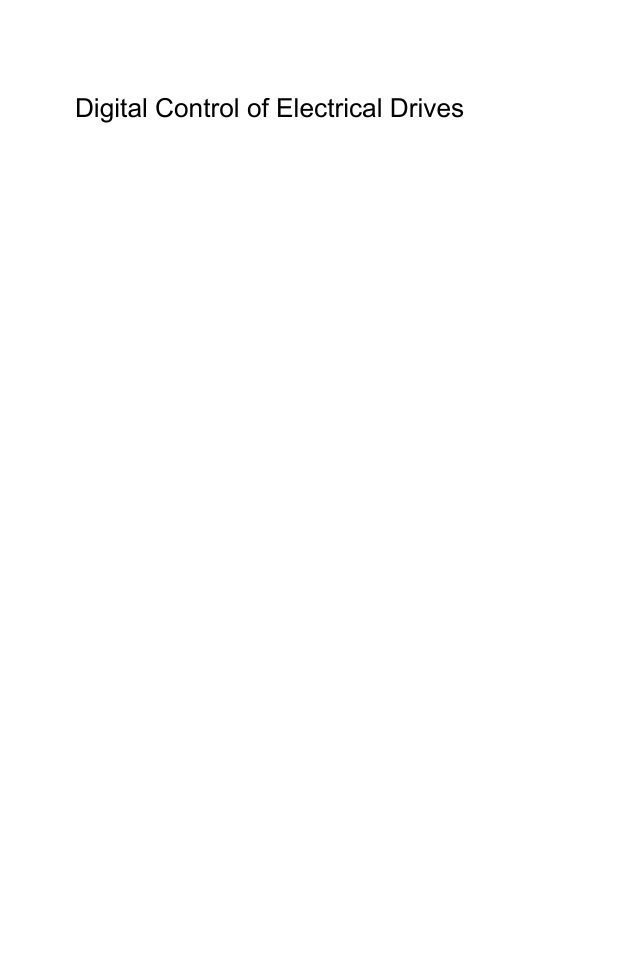
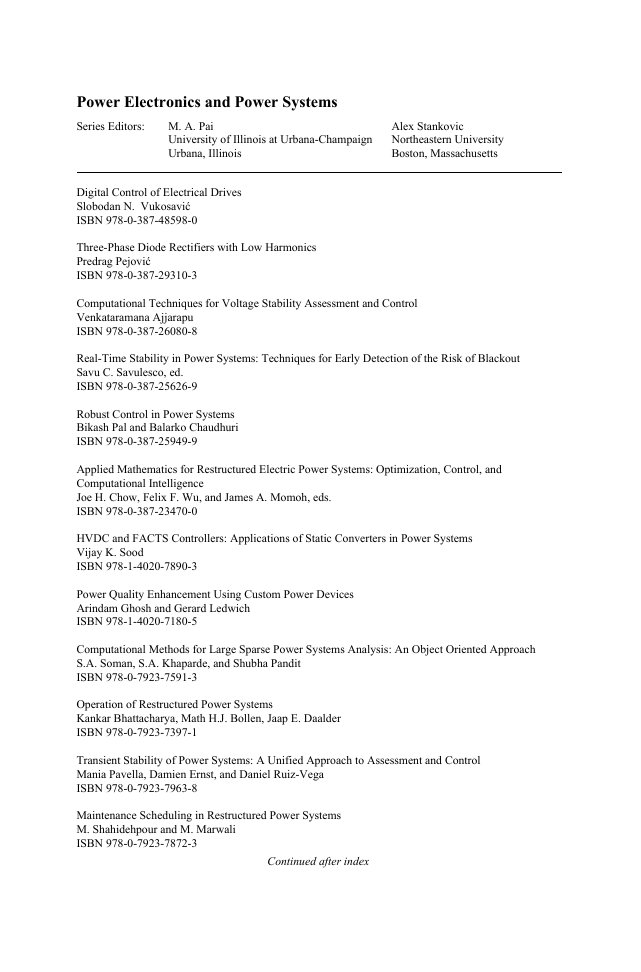
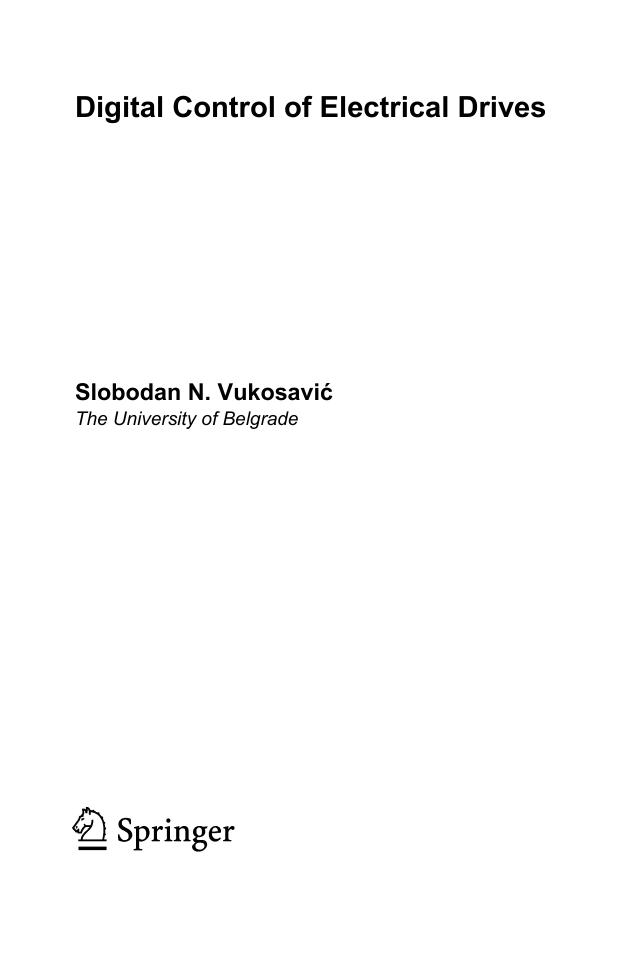
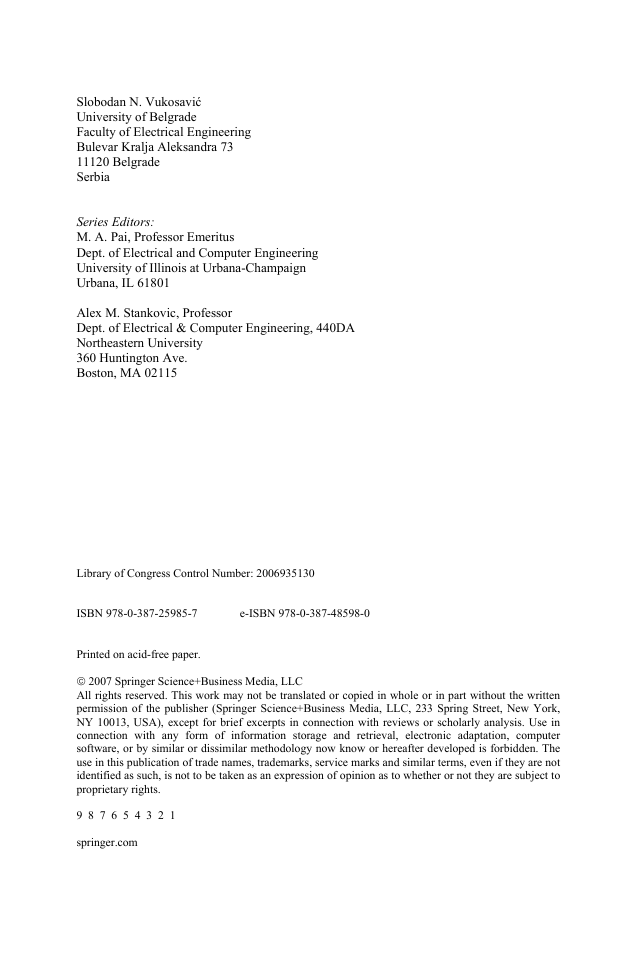
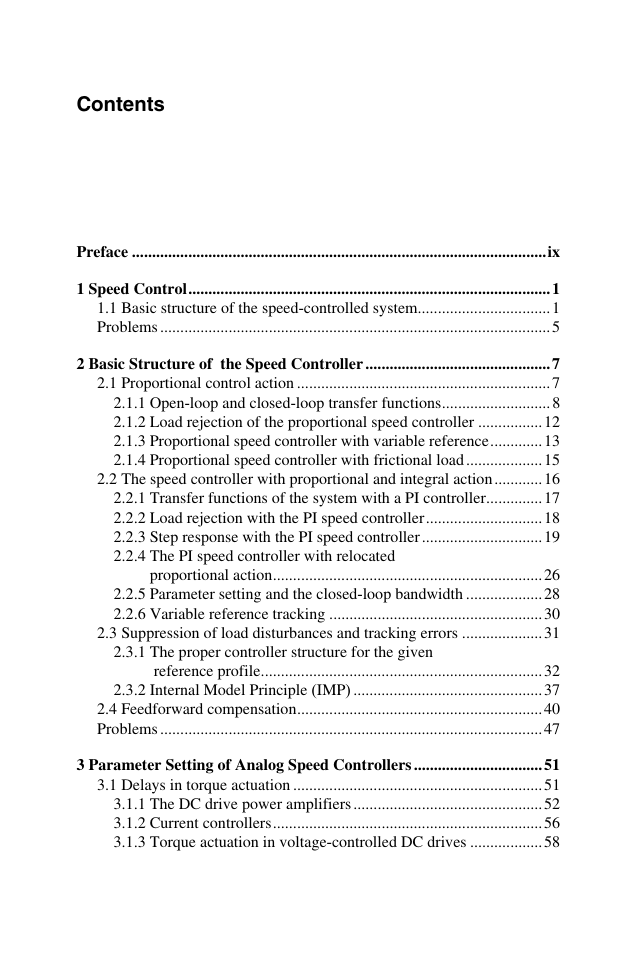
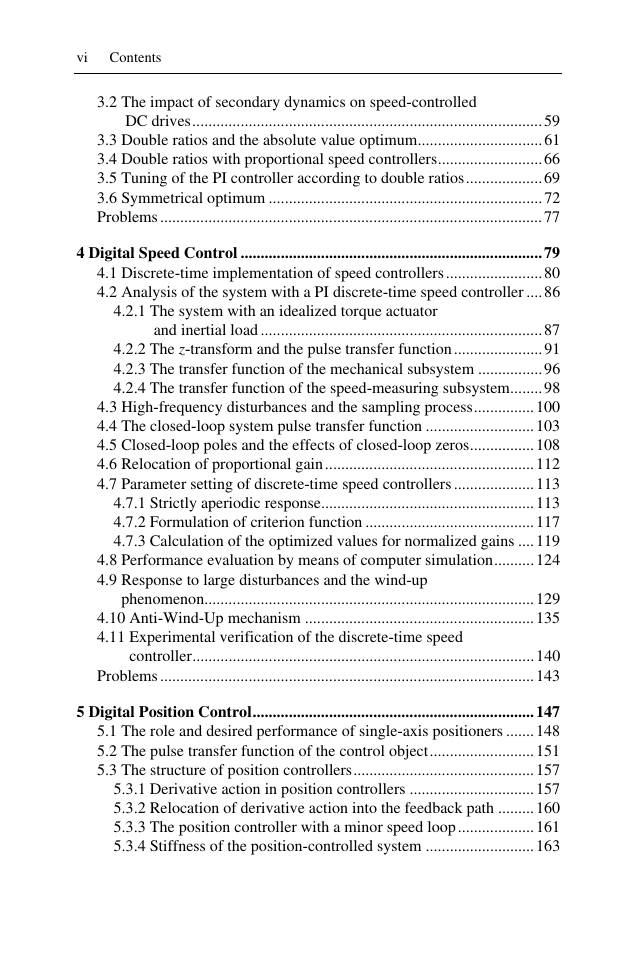
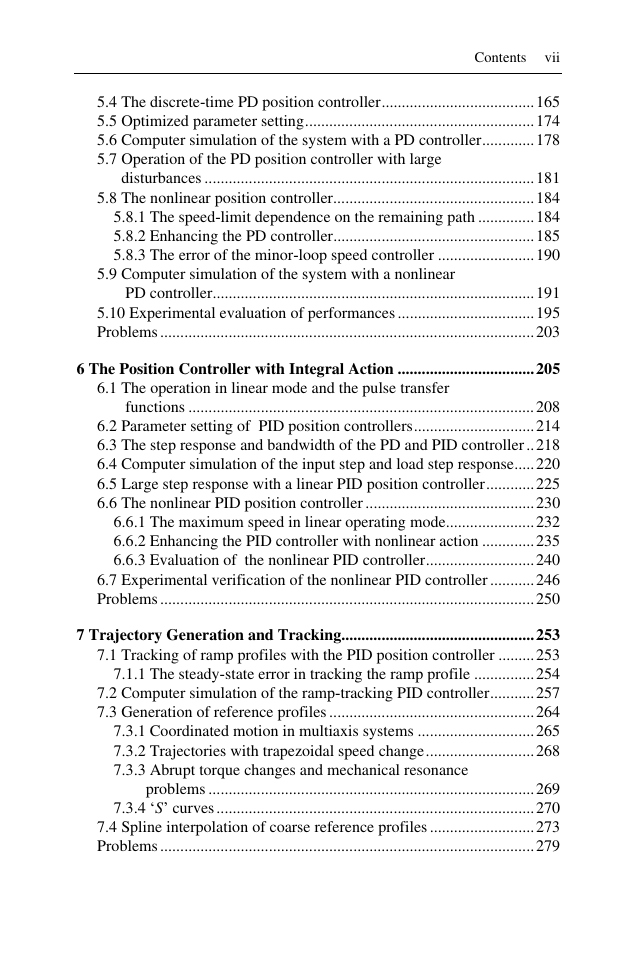
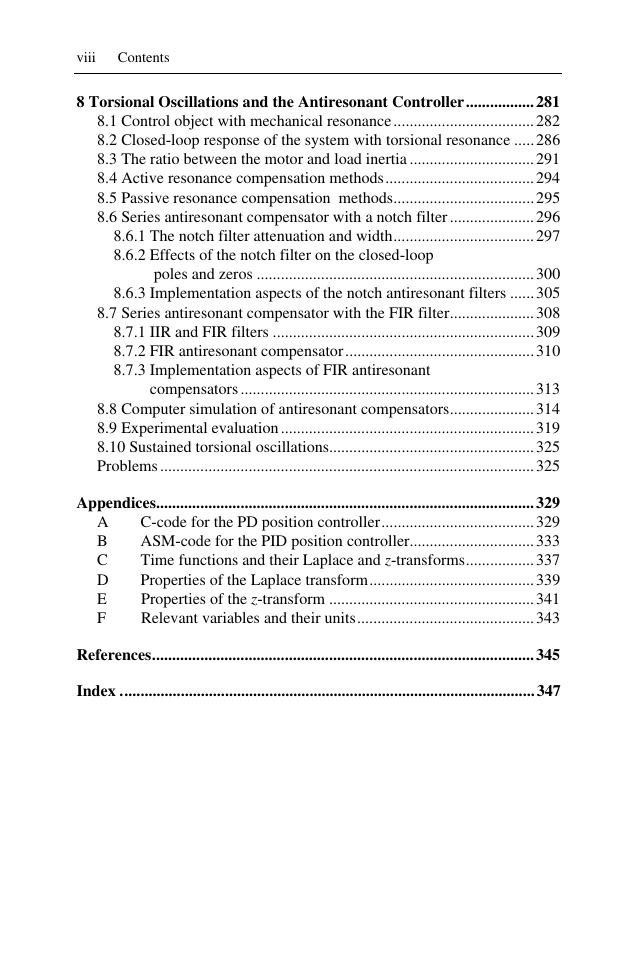








 2023年江西萍乡中考道德与法治真题及答案.doc
2023年江西萍乡中考道德与法治真题及答案.doc 2012年重庆南川中考生物真题及答案.doc
2012年重庆南川中考生物真题及答案.doc 2013年江西师范大学地理学综合及文艺理论基础考研真题.doc
2013年江西师范大学地理学综合及文艺理论基础考研真题.doc 2020年四川甘孜小升初语文真题及答案I卷.doc
2020年四川甘孜小升初语文真题及答案I卷.doc 2020年注册岩土工程师专业基础考试真题及答案.doc
2020年注册岩土工程师专业基础考试真题及答案.doc 2023-2024学年福建省厦门市九年级上学期数学月考试题及答案.doc
2023-2024学年福建省厦门市九年级上学期数学月考试题及答案.doc 2021-2022学年辽宁省沈阳市大东区九年级上学期语文期末试题及答案.doc
2021-2022学年辽宁省沈阳市大东区九年级上学期语文期末试题及答案.doc 2022-2023学年北京东城区初三第一学期物理期末试卷及答案.doc
2022-2023学年北京东城区初三第一学期物理期末试卷及答案.doc 2018上半年江西教师资格初中地理学科知识与教学能力真题及答案.doc
2018上半年江西教师资格初中地理学科知识与教学能力真题及答案.doc 2012年河北国家公务员申论考试真题及答案-省级.doc
2012年河北国家公务员申论考试真题及答案-省级.doc 2020-2021学年江苏省扬州市江都区邵樊片九年级上学期数学第一次质量检测试题及答案.doc
2020-2021学年江苏省扬州市江都区邵樊片九年级上学期数学第一次质量检测试题及答案.doc 2022下半年黑龙江教师资格证中学综合素质真题及答案.doc
2022下半年黑龙江教师资格证中学综合素质真题及答案.doc